Echeverias are a type of succulent plant that belong to the Crassulaceae family. They are native to the semi-desert regions of Central America, particularly Mexico. These plants are known for their rosette-shaped leaves and vibrant colors, making them a popular choice among succulent enthusiasts.
The name “Echeveria” is derived from the Spanish botanist Atanasio Echeverría y Godoy, who discovered and classified these plants in the 19th century. Since then, Echeverias have become widely cultivated and appreciated for their beauty and resilience.
Echeverias play a significant role in the world of succulents. They are highly sought after by collectors and gardeners alike due to their unique characteristics and ability to thrive in various environments. These plants have also gained popularity in recent years as more people embrace the trend of indoor gardening and succulent arrangements.
The Beauty of Echeverias: A Visual Treat for Succulent Lovers
Echeverias are known for their stunning physical appearance, which makes them a visual treat for succulent lovers. These plants typically have thick, fleshy leaves that form a rosette shape. The leaves can vary in color, ranging from shades of green to purple, pink, red, and even blue.
One of the most striking features of Echeverias is their ability to change color depending on environmental conditions. For example, some varieties may exhibit more vibrant colors when exposed to direct sunlight, while others may develop a powdery coating called “farina” that gives them a silvery appearance.
There are numerous types of Echeverias, each with its own unique features. Some popular varieties include Echeveria elegans, which has pale blue-green leaves with pink edges, and Echeveria ‘Lola’, which has rosettes with pink and purple tones. Other notable varieties include Echeveria ‘Black Prince’, Echeveria ‘Perle von Nurnberg’, and Echeveria ‘Topsy Turvy’.
To truly appreciate the beauty of Echeverias, one must see them in their natural habitat. These plants can be found growing in rocky areas, cliffs, and mountainsides in Central America. In their native environment, Echeverias often grow in clusters, creating a breathtaking display of colors and textures.
Echeverias: A Diverse Range of Colors and Shapes
Echeverias come in a wide range of colors and shapes, making them a versatile choice for succulent enthusiasts. The leaves of these plants can be smooth or textured, and they may have various patterns such as stripes or spots.
When it comes to colors, Echeverias offer an impressive array of options. Some varieties have leaves that are predominantly green, while others have leaves that are tinged with shades of pink, purple, or red. There are also Echeverias with variegated leaves, which feature a combination of different colors.
The shape of Echeverias can also vary greatly. Some varieties have compact rosettes with tightly packed leaves, while others have more open rosettes with elongated leaves. There are also trailing varieties that can be grown in hanging baskets or cascading over the edges of containers.
Identifying different types of Echeverias based on their colors and shapes can be challenging for beginners. However, with some practice and knowledge, it becomes easier to distinguish between the various varieties. One helpful tip is to observe the overall shape and color of the rosette, as well as the texture and pattern on the leaves.
Some examples of Echeverias with unique colors and shapes include Echeveria ‘Raindrops’, which has leaves that resemble water droplets, and Echeveria ‘Afterglow’, which has pinkish-purple leaves with a powdery coating. Another interesting variety is Echeveria ‘Blue Curls’, which has curly leaves that give it a unique and whimsical appearance.
Growing Echeverias: Tips and Tricks for a Healthy Succulent
Growing Echeverias can be a rewarding experience, as these plants are relatively easy to care for and can thrive in a variety of conditions. However, there are some important factors to consider in order to ensure the health and longevity of your Echeverias.
First and foremost, it is essential to provide the ideal growing conditions for Echeverias. These plants prefer bright, indirect sunlight, so it is best to place them near a window or in a location where they can receive at least six hours of sunlight per day. However, it is important to protect them from intense afternoon sun, as this can cause sunburn.
In terms of soil requirements, Echeverias prefer well-draining soil that allows excess water to escape quickly. A mixture of potting soil and perlite or pumice is ideal for these plants. It is also important to choose a container with drainage holes to prevent water from pooling at the bottom.
When it comes to watering, Echeverias have specific needs. These plants are drought-tolerant and should be watered sparingly. It is best to allow the soil to dry out completely between waterings, as overwatering can lead to root rot. During the winter months, when Echeverias enter a period of dormancy, watering should be reduced even further.
Fertilizing Echeverias is not necessary but can help promote healthy growth and vibrant colors. A balanced fertilizer diluted to half strength can be applied once a month during the growing season. It is important to follow the instructions on the fertilizer package and avoid overfertilizing, as this can cause damage to the plant.
Echeverias in Containers: Perfect for Indoor and Outdoor Spaces
One of the benefits of growing Echeverias is that they can be easily grown in containers, making them a perfect choice for both indoor and outdoor spaces. Container gardening allows for greater flexibility in terms of placement and design, and it also makes it easier to care for and protect the plants.
There are various types of containers suitable for Echeverias, ranging from traditional clay pots to modern ceramic or plastic containers. The most important factor to consider when choosing a container is drainage. It is crucial to select a container with drainage holes to prevent water from accumulating at the bottom, which can lead to root rot.
When planting Echeverias in containers, it is important to use well-draining soil and provide adequate space for the roots to grow. A mixture of potting soil and perlite or pumice works well for these plants. It is also a good idea to add a layer of small rocks or gravel at the bottom of the container to further improve drainage.
Caring for Echeverias in containers is similar to caring for them in the ground. They still require bright, indirect sunlight and should be watered sparingly. However, it is important to monitor the moisture levels more closely, as containers tend to dry out faster than the ground. Regularly checking the soil moisture and adjusting watering accordingly is key to maintaining healthy Echeverias in containers.
Echeverias in Landscaping: Adding Charm to Your Garden

In addition to being grown in containers, Echeverias can also be incorporated into garden landscapes, adding charm and beauty to outdoor spaces. These plants are versatile and can be used in various ways, from creating focal points to filling gaps between other plants.
When incorporating Echeverias into your garden design, it is important to consider their specific needs and growing requirements. These plants thrive in well-draining soil and prefer bright, indirect sunlight. It is also important to choose a location that offers protection from intense afternoon sun, as this can cause sunburn.
Echeverias can be planted in the ground or in raised beds, depending on your preference and the specific needs of the plants. When planting in the ground, it is important to prepare the soil by adding organic matter and ensuring good drainage. Raised beds can be a good option for areas with poor soil or limited space.
In terms of placement, Echeverias can be used as focal points in garden beds or as border plants along pathways or garden edges. They can also be planted in rock gardens or on slopes, where their rosettes and vibrant colors can create a striking contrast against the surrounding landscape.
Maintaining Echeverias in your garden is relatively easy. Regular watering is necessary, but it is important to avoid overwatering, as this can lead to root rot. It is also a good idea to monitor the plants for signs of pests or diseases and take appropriate action if necessary. Pruning may be required to remove dead or damaged leaves and promote healthy growth.
Propagating Echeverias: Easy Techniques for Multiplying Your Plants
One of the great advantages of growing Echeverias is that they are easy to propagate, allowing you to multiply your plants and share them with others. There are several different propagation techniques that can be used, depending on the specific variety and your personal preference.
One common method of propagating Echeverias is through leaf cuttings. This involves carefully removing a leaf from the parent plant and allowing it to callus over for a few days. The leaf can then be placed on top of well-draining soil and lightly misted with water. After a few weeks, roots will begin to form, and a new plant will start to grow.
Another method of propagation is through offsets or “pups”. Echeverias produce offsets, which are small plants that grow from the base of the parent plant. These can be carefully separated from the parent plant and planted in their own containers or in the ground. Offsets are a quick and easy way to propagate Echeverias, as they are already established and have their own root system.
Stem cuttings can also be used to propagate Echeverias. This involves cutting a stem from the parent plant and allowing it to callus over for a few days. The stem can then be planted in well-draining soil and lightly misted with water. After a few weeks, roots will begin to form, and a new plant will start to grow.
To ensure successful propagation of Echeverias, it is important to provide the right conditions. This includes using well-draining soil, providing bright but indirect sunlight, and avoiding overwatering. It is also important to be patient, as it can take several weeks or even months for new plants to establish themselves.
Echeverias in Floral Arrangements: A Stunning Addition to Your Home Decor
Echeverias are not only beautiful on their own but can also be used as stunning additions to floral arrangements, adding a touch of elegance and sophistication to your home decor. These plants have become increasingly popular in floral design due to their unique shapes, vibrant colors, and long-lasting qualities.
When using Echeverias in floral arrangements, it is important to consider their specific needs and characteristics. These plants prefer well-draining soil and should not be overwatered. It is also important to protect them from direct sunlight, as this can cause sunburn.
There are various ways to incorporate Echeverias into floral arrangements. One option is to use them as focal points, placing them in the center of the arrangement or at the top of a tall vase. Echeverias can also be used as accents, adding pops of color and texture to complement other flowers.
When creating floral arrangements with Echeverias, it is important to consider their size and shape. These plants have rosette-shaped leaves that can vary in size, from small and compact to large and open. It is important to choose flowers and foliage that complement the size and shape of the Echeverias.
Some tips for creating stunning floral arrangements with Echeverias include using a variety of textures and colors, incorporating different heights and shapes, and balancing the overall design. It is also important to choose a container that complements the style and theme of the arrangement.
Examples of beautiful floral arrangements featuring Echeverias include bouquets with roses, peonies, and other soft-petaled flowers, as well as succulent wreaths and centerpieces. These arrangements can be used for weddings, parties, or simply as decorative pieces in your home.
Echeverias and Their Medicinal Properties: A Natural Remedy for Various Ailments
In addition to their beauty, Echeverias also possess medicinal properties that have been recognized for centuries. These plants contain various compounds that have been used in traditional medicine to treat a wide range of ailments.
Echeverias are known for their anti-inflammatory properties, which can help reduce pain and swelling. They are also rich in antioxidants, which can help protect the body against free radicals and oxidative stress. Additionally, Echeverias have antimicrobial properties that can help fight off infections.
One of the most well-known medicinal uses of Echeverias is for treating burns and wounds. The gel-like sap found inside the leaves of these plants has soothing and healing properties that can help speed up the healing process and reduce scarring. Applying the gel topically to the affected area can provide relief and promote healing.
Echeverias have also been used to treat digestive issues, such as indigestion and stomach ulcers. The gel from the leaves can help soothe the digestive tract and reduce inflammation. It is often consumed in the form of a juice or added to smoothies for its medicinal benefits.
Another traditional use of Echeverias is for treating respiratory conditions, such as coughs and bronchitis. The leaves of these plants can be brewed into a tea or used in steam inhalation to help relieve congestion and soothe irritated airways.
While Echeverias have been used for centuries in traditional medicine, it is important to exercise caution when using them for medicinal purposes. It is always best to consult with a healthcare professional before using any plant-based remedies, especially if you have any underlying health conditions or are taking medications.
Echeverias and Their Symbolic Meaning: Understanding the Significance of These Succulents
In addition to their beauty and medicinal properties, Echeverias also hold symbolic meaning in different cultures and traditions. These plants are often associated with love, beauty, and resilience, making them a popular choice for gifts and special occasions.
In Mexican culture, Echeverias are considered symbols of hospitality and welcome. They are often given as gifts to guests or used as decorations during celebrations and festivals. These plants are also associated with love and romance, making them popular choices for wedding bouquets and centerpieces. The vibrant colors and unique shapes of Echeverias add a touch of elegance and beauty to any occasion. Additionally, these succulent plants are believed to bring good luck and prosperity to the home, making them a common sight in Mexican households. Whether used as a token of appreciation or as a way to bring positive energy into a space, Echeverias hold a special place in Mexican culture and are cherished for their symbolic meanings.
If you’re interested in learning how to care for your succulent and keep it thriving, check out this helpful article from GirlsGist: “Green Thumb Guide: How to Care for Your Succulent and Keep It Thriving.” It provides valuable tips and advice on watering, sunlight, soil, and more. Whether you’re a beginner or an experienced succulent enthusiast, this article is a must-read for anyone looking to maintain healthy and beautiful plants. So, grab your gardening gloves and click here to read the full article!
FAQs
What are Echeverias?
Echeverias are a type of succulent plant that belong to the Crassulaceae family. They are native to Central and South America and are known for their rosette-shaped leaves and vibrant colors.
What are the different types of Echeverias?
There are over 150 different species of Echeverias, each with their own unique characteristics. Some popular types include Echeveria elegans, Echeveria agavoides, and Echeveria pulvinata.
How do you care for Echeverias?
Echeverias are relatively easy to care for and require minimal maintenance. They prefer well-draining soil and should be watered sparingly, allowing the soil to dry out completely between waterings. They also require plenty of sunlight and should be placed in a bright, sunny location.
Can Echeverias be grown indoors?
Yes, Echeverias can be grown indoors as long as they are placed in a bright, sunny location. They can also be grown in containers and make great additions to indoor gardens.
What are some common problems that Echeverias face?
Some common problems that Echeverias face include overwatering, which can lead to root rot, and pests such as mealybugs and spider mites. It is important to monitor your plants regularly and address any issues promptly.
What are some uses for Echeverias?
Echeverias are versatile plants that can be used in a variety of ways. They make great additions to outdoor gardens, indoor gardens, and can even be used in floral arrangements. Some people also use Echeverias for medicinal purposes.









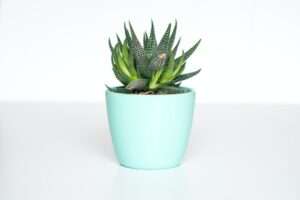
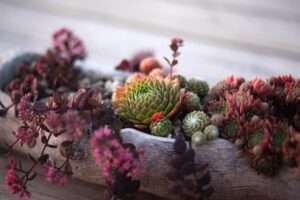
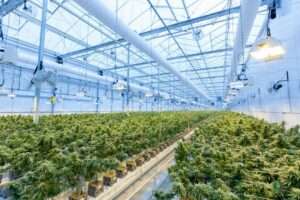
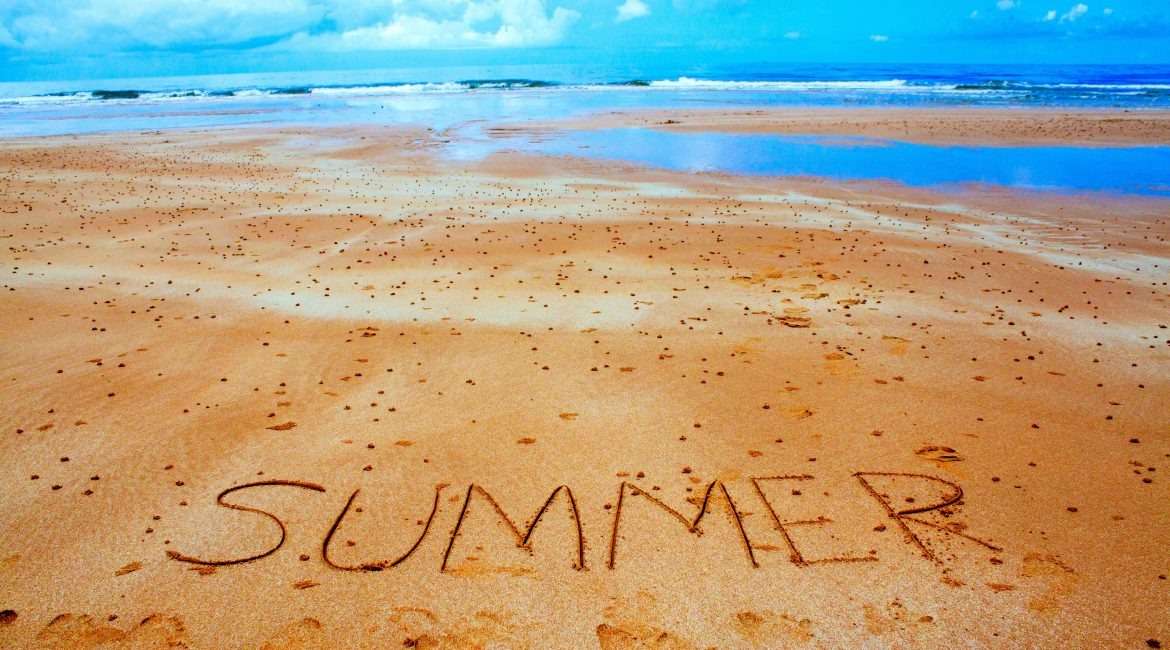


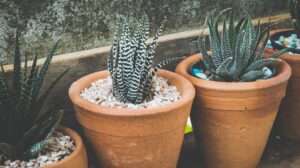
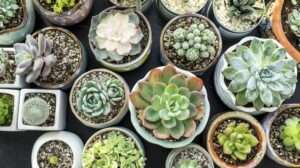
Add Comment